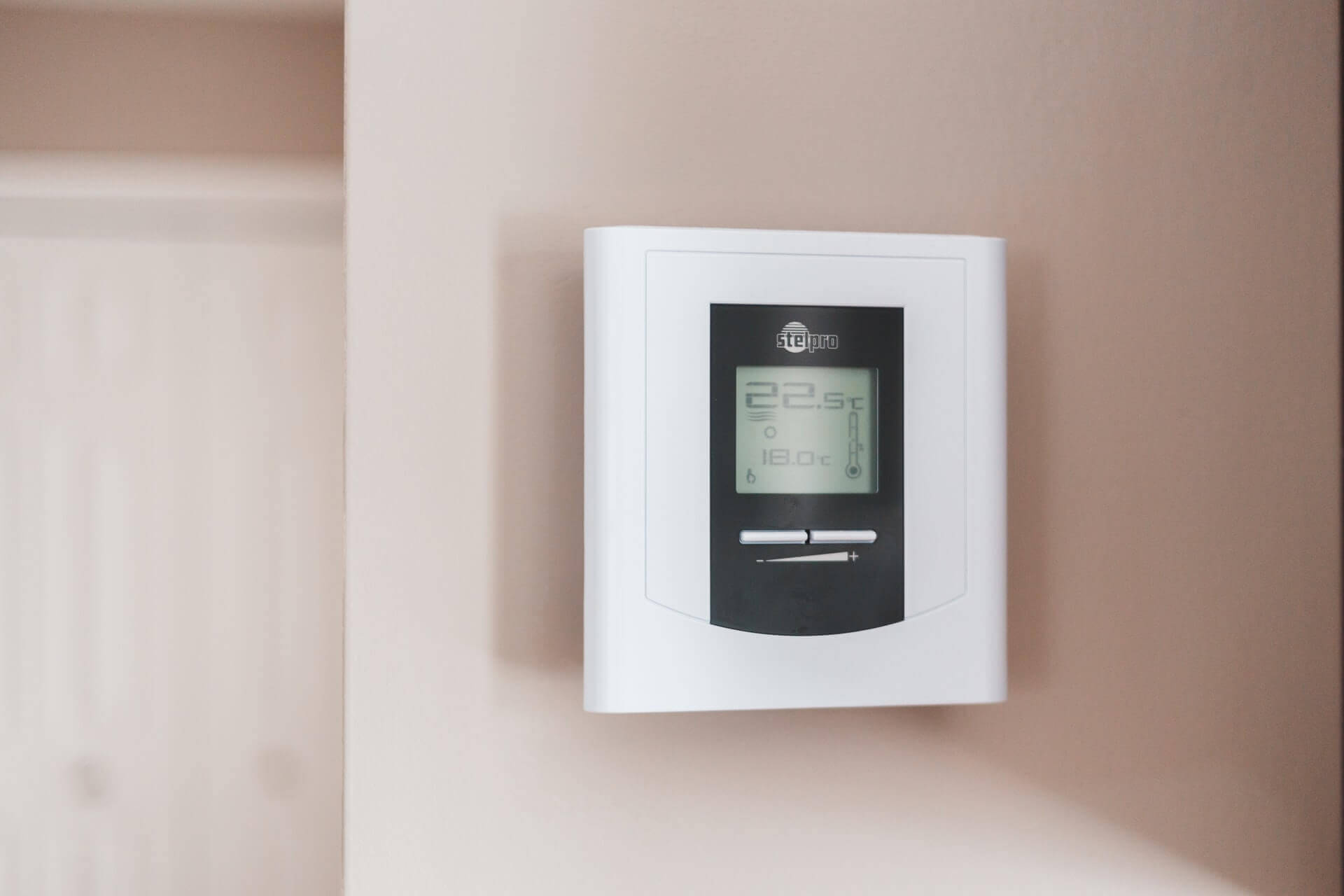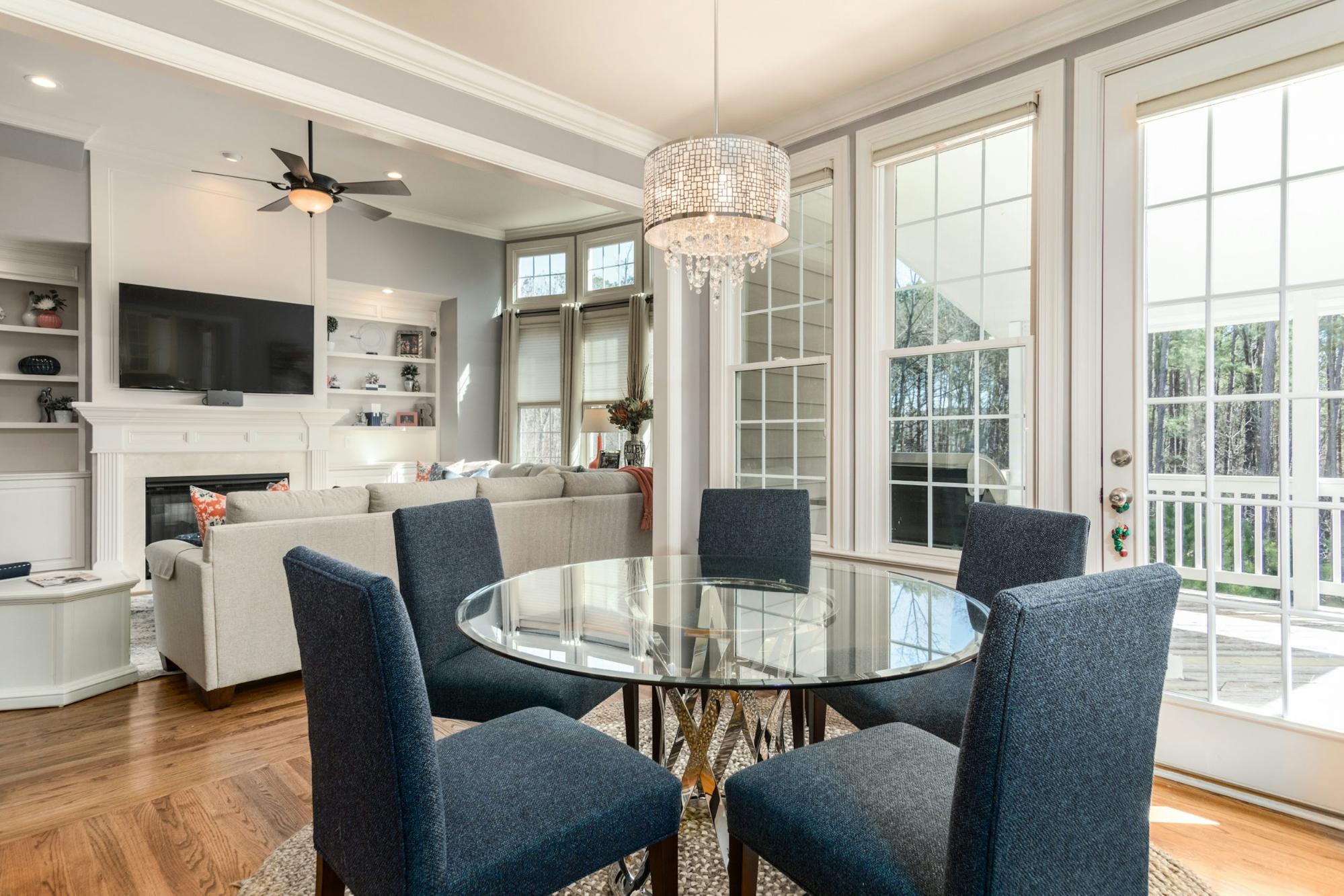The Advanced Performances of Wall and Central Heat Pumps

Wall-mounted and central heat pumps are increasingly popular air conditioning and heating systems due to their energy efficiency and versatility. These devices are designed to provide optimal thermal comfort all year round, whether by cooling your home during the hot summer months or by heating it during the cold winters. In this article, we'll explore in depth what wall-mounted and central heat pumps are, how they work, their benefits, and their applications.
What is a wall-mounted and central heat pump?
Wall-mounted heat pump:
A wall-mounted heat pump, also known as a wall-mounted air conditioner or wall-mounted unit, is a heating and cooling system that is mounted directly to an interior wall in your home. It generally consists of a compact and discreet indoor unit, as well as an outdoor unit that extracts and rejects heat. These systems work by transferring heat from one location to another using a refrigerant, thus effectively cooling or heating the interior space. Wall-mounted heat pumps are ideal for tight spaces or for those who want to avoid the installation of bulky ducts. They often offer precise temperature control room by room thanks to their individual control and are relatively easy to install and maintain.
Central heat pump:
In contrast, a central heat pump is designed to cool and heat an entire house or building through a duct system. It also uses a compressor and refrigerant to transfer heat between the inside and the outside, but it is usually integrated into an existing central heating system, such as a forced air furnace. Central heat pumps are often preferred in large homes or commercial buildings where centralized temperature control is required. They offer a uniform distribution of hot or cold air throughout all rooms via ducts hidden in the walls or ceiling.
How do wall-mounted and central heat pumps work?
Principle of operation:
Heat pumps, whether wall-mounted or central, exploit the principle of heat transfer using a reverse refrigeration cycle. Here are the main steps in the process:
- Refrigerant compression and expansion: A compressor located in the outdoor unit squeezes the refrigerant, thereby increasing its temperature. This fluid then circulates to the indoor unit where it expands, which lowers its temperature.
- Heat exchange: Inside, the indoor unit removes excess heat to the outside in summer, cooling the indoor air. In winter, the process is reversed, extracting heat from outside to diffuse it inside.
- Air distribution: For central systems, a fan distributes air conditioned or heated air through the ducts to all rooms in the house, ensuring an even temperature.
Advantages of wall-mounted and central heat pumps:
Wall-mounted and central heat pumps offer several significant advantages:
- Energy efficiency: They are often more efficient than traditional heating systems because they simply transfer heat rather than generating it directly.
- Versatility: They can be used as both air conditioner and heater, making them ideal all-in-one solutions for all seasons.
- Individual control: Wall units often allow for precise control room by room, which allows the temperature to be regulated according to specific needs.
- Flexible installation: Wall-mounted heat pumps are relatively easy to install and do not require major renovations such as installing ductwork for central systems.
Applications of wall-mounted and central heat pumps:
Residential uses:
In single-family homes, wall-mounted heat pumps are often used to heat or cool specific rooms, such as bedrooms or home offices. They offer precise control and energy efficiency that is appreciated by homeowners who care about their energy consumption. Central heat pumps are preferred in larger homes where a centralized heating and cooling system is required to maintain an even temperature in all rooms.
Commercial uses:
In commercial buildings, central heat pumps are often integrated into more complex HVAC systems to provide large-scale thermal comfort while optimizing energy efficiency. They can be used in offices, hotels, shopping centers, and other facilities that require accurate and reliable climate control.
Conclusion:
In conclusion, wall-mounted and central heat pumps represent modern and efficient solutions for residential and commercial heating and cooling. Their ability to offer both comfort and energy savings makes them popular choices among consumers and building professionals. Whether it is to install a discreet system in a small home or to cool a large commercial space, heat pumps offer versatility and efficiency that meet the varied needs for modern thermal comfort.
Guarantee: No traces, no stress — only lasting results.
5 000 +
96%
$6,275



.avif)



